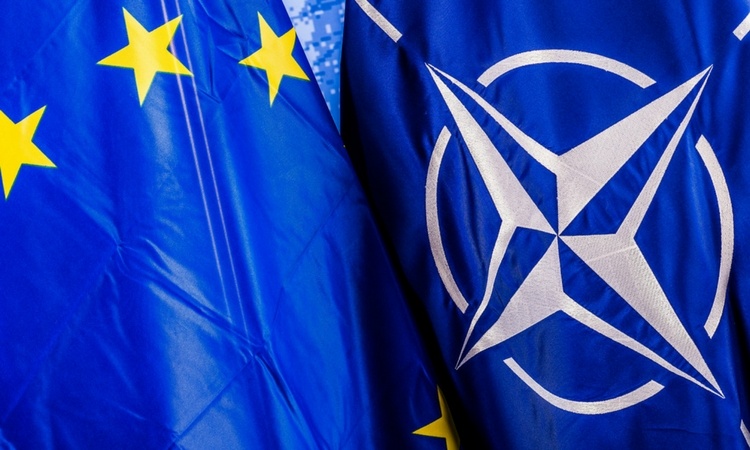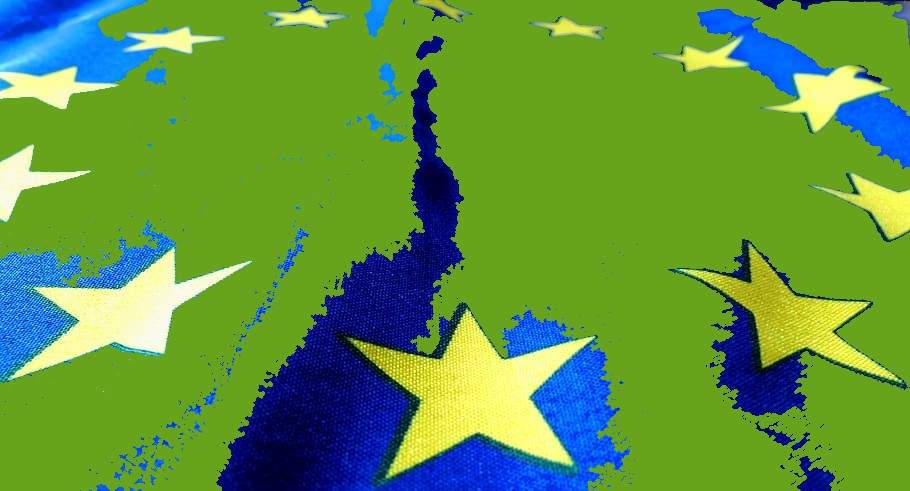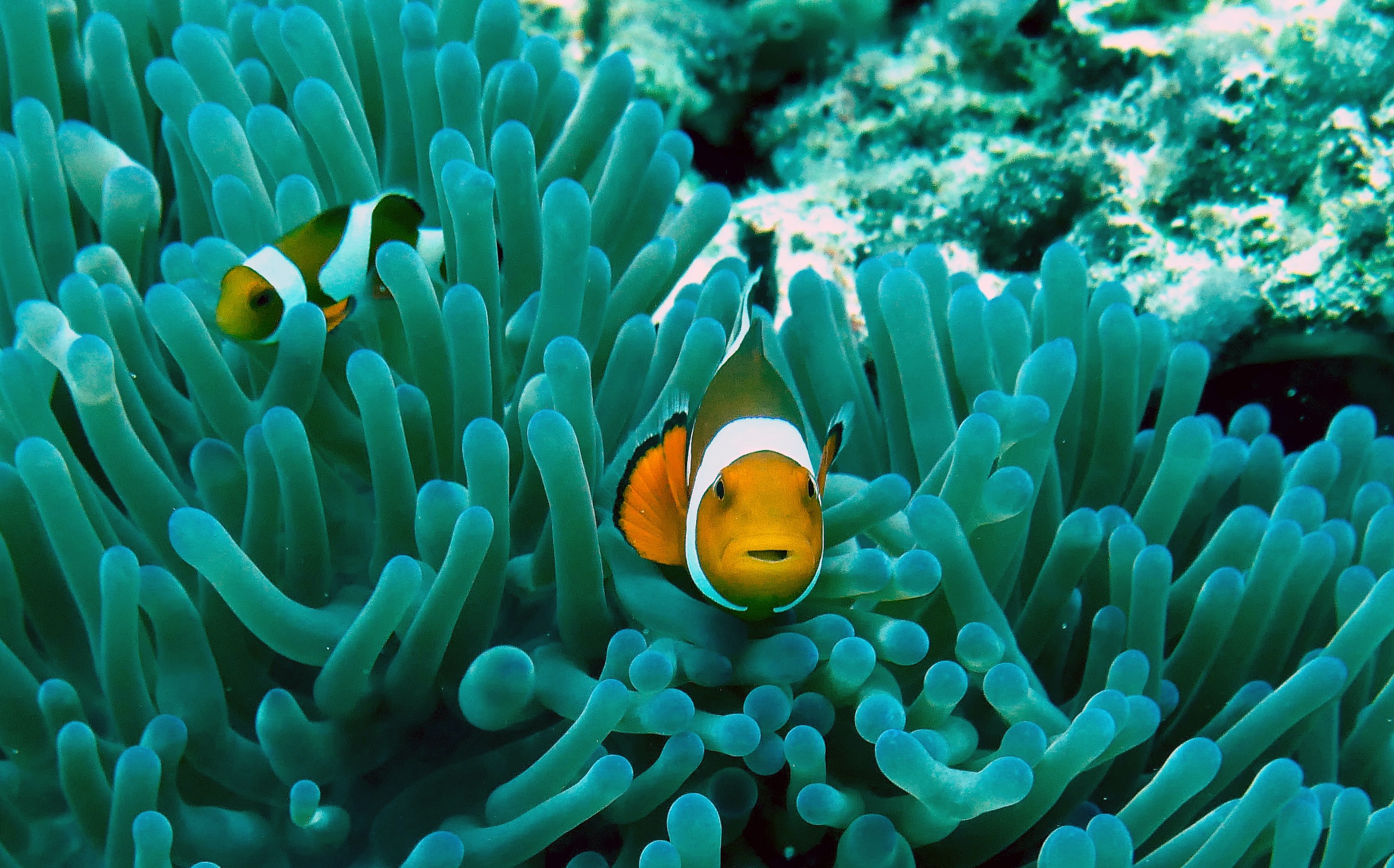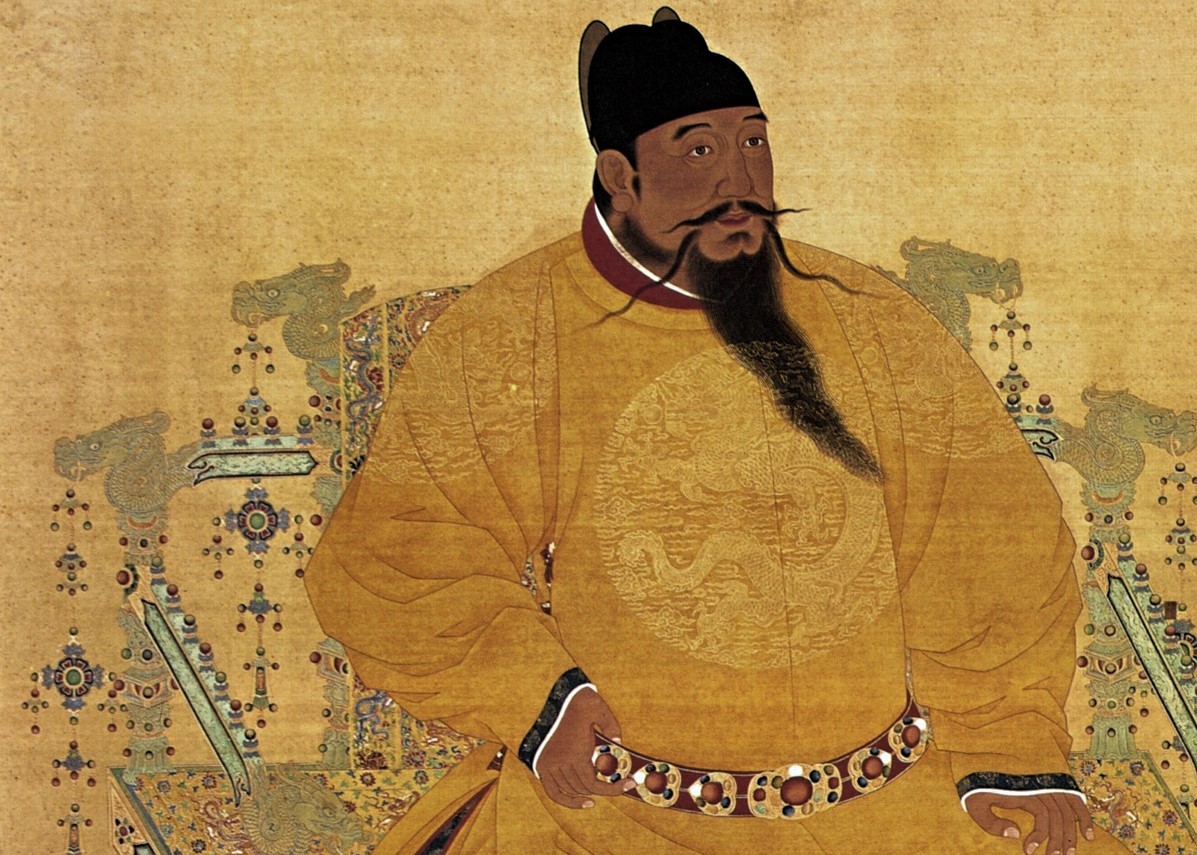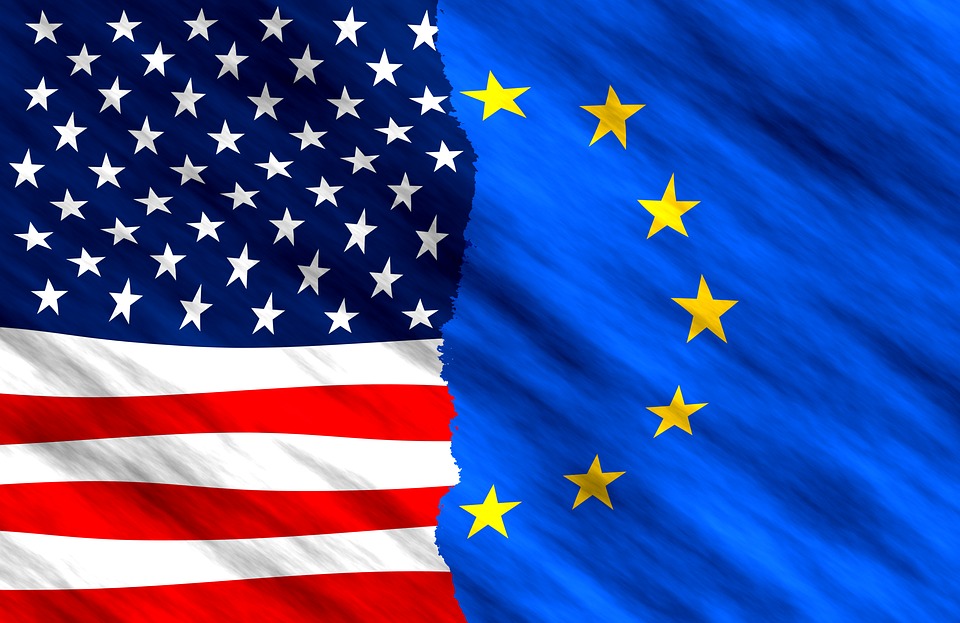Covid 19 has brought hardship and suffering to many. But, at the risk of sounding cliched; it’s an ill wind that blows no man any good. If a recent discussion with German Finance Minister, Olaf Scholz, is anything to go by, there are strong signs that the pandemic will prove a catalyst to the kinds of fundamental changes in the EU project that were previously unthinkable. Not only has corona provided strong impetus for further EU integration, it has apparently provided the excuse Germany was looking for to truly embrace the European project. With the issuance of mutualized debt, Germany has finally put its money where its mouth is, showing Europe and the rest of the world, it’s in it for the long haul. Now, the man touted to take over from Angela Merkel, is making it clear that fiscal union is his goal.
Olaf Scholz spoke last week at the Bruegel Institute’s Annual Meeting. As Vice-Chancellor under Merkel and the Social Democrats’ candidate for Chancellor, Scholz has been described as ‘the head fireman in the coronavirus inferno’. In Germany his approval ratings are high and have been that way for months. If, as Scholz claims, ‘Europe has shown a strong response to the crisis’, Germany has played a key part in that response. However he admits that Europe’s initial response was not so convincing. He cites the relative speed and strength with which countries like Italy and Spain were hit by the virus, as reasons for this and acknowledges what he terms, ‘some nationalistic reflexes’ to the pandemic when borders were closed. Perhaps more significantly, Scholz points out that the pandemic raised questions about the ability of open, liberal, democratic societies to deal with a crisis such as this one.
‘Solidarity is the cornerstone of the EU’ – Scholz
But Scholz states firmly, more than once, ‘Solidarity is the cornerstone of the EU.’ In order for recovery to be truly successful, ‘we must recover together and use it to reform our economy.’ The German Finance Minister, sees investment as key to recovery but insists that it be the right kind, namely ecological and digital. He also sees Germany’s current Council presidency as an opportunity to drive the Recovery Fund and the EU’s Next Generation programme forward. The mutualized debt that anchors the EU’s recovery programme, elevates Europe’s financial policy to ‘a whole new level’ Scholz insists and ‘moves us closer to fiscal union’. Fiscal union is something that fell on deaf ears during the financial crisis of 2007/8. For members of the Frugal Four (Netherlands, Denmark, Austria and Sweden) it is still a cause for concern.
But Herr Scholz is unwavering in his commitment to this newly accepted goal. ‘Achieving fiscal union will complete the economic and monetary union, and in this way we can ensure the financial independence of the world’s largest trading block, putting us at a similar level to the US.’ To this end, Scholz envisages the need for a minimum corporate and digital tax. After the Euro, the issue of taxation is one of the last bulwarks of national sovereignty. Previous German finance ministers would no doubt have shuddered at the idea of tackling it at EU level. But this one is calmly resolute as he explains that current debates within the OECD on minimum taxation should be concluded by year end. He is hopeful that agreement at an international level will help provide the necessary impetus for agreement at EU level. A similar process is expected with digital taxes.
‘The recovery fund is a remarkable instrument that is pushing European integration in a whole new way’ – Scholz
Corona has provided not just a strong impetus for further European integration, it also comes with a sell-by date. Although Scholz agrees on the importance of maintaining the no bail-out clause, he is equally firm on the need for speed when it comes to releasing the recovery funds by the beginning of next year. He acknowledges that the debates that will take place in order to reach agreement on this, will not be easy. Specifically, those regarding the role of the European Parliament, with which discussions have just started.
The somewhat uninspiring pragmatism of which Scholz has previously been accused, now appears to be standing him in good stead. He points out that with the acceptance of mutualized debt, further EU integration has gained a momentum of its own. Describing the recovery fund as ‘a remarkable instrument that is pushing European integration in a whole new way’, Scholz appears almost sanguine at times. The inevitability of the structural changes set in motion, will make his task significantly easier.
There is nothing like shared debts to bring people and nations together. Europe’s shared responsibility for the debt generated by corona recovery, is providing impetus for important projects that have hitherto lacked the necessary political will for completion. The Capital Markets Union (CMU) and the Banking Union are vital to a vibrant yet stable, European economy. The finance minister agrees that a willingness to reform is key to real progress on the CMU project. It’s completion is essential for the growth that is needed to refinance debt and ensure future prosperity. To this end, he is working hard on a variety of blueprints for successful integration of Europe’s capital markets. When asked about the issue of governance and supervisory powers at national or European level, he is expansive – ‘let’s do both!’
‘For me, a strong united Europe is Germany’s primary national interest’ – Scholz
For Olaf Scholz then, this is a decisive moment both for Germany and for Europe. ‘For me, a strong united Europe is Germany’s primary national interest’. Looking ahead to 2050 and beyond, Scholz sees a strong, more fully integrated Europe as the only way to ensuring its sovereignty. He is also unconvinced by narratives of a bi-polar future in which China and the US dominate. He points to the rising fortunes of a number of Asian countries including India and mentions countries like Nigeria and Brazil too. A far more fragmented global landscape is Scholz’s vision for the future. In such a landscape, a unified Europe will stand strong and enjoy continued prosperity. Let’s hope he’s right.



